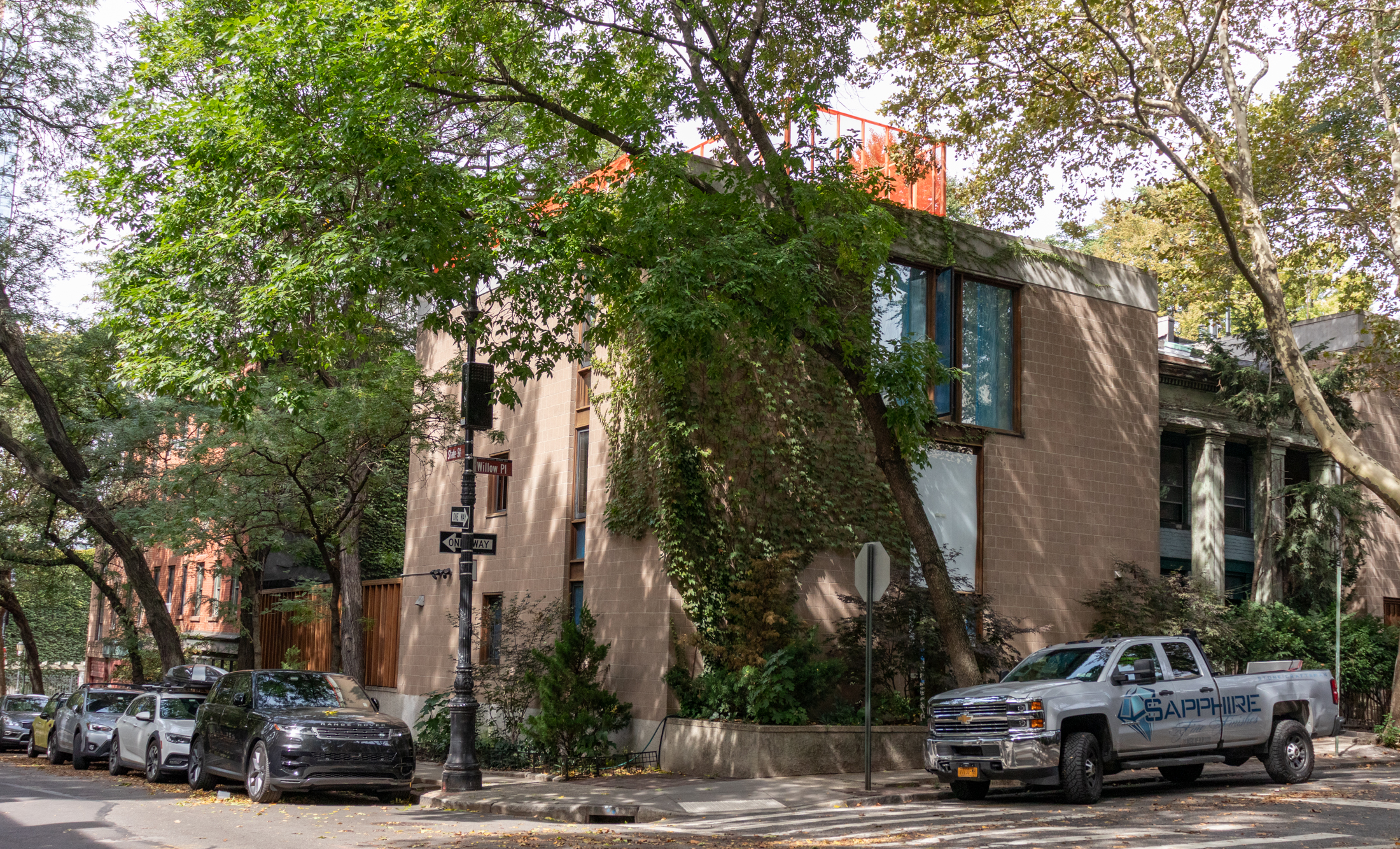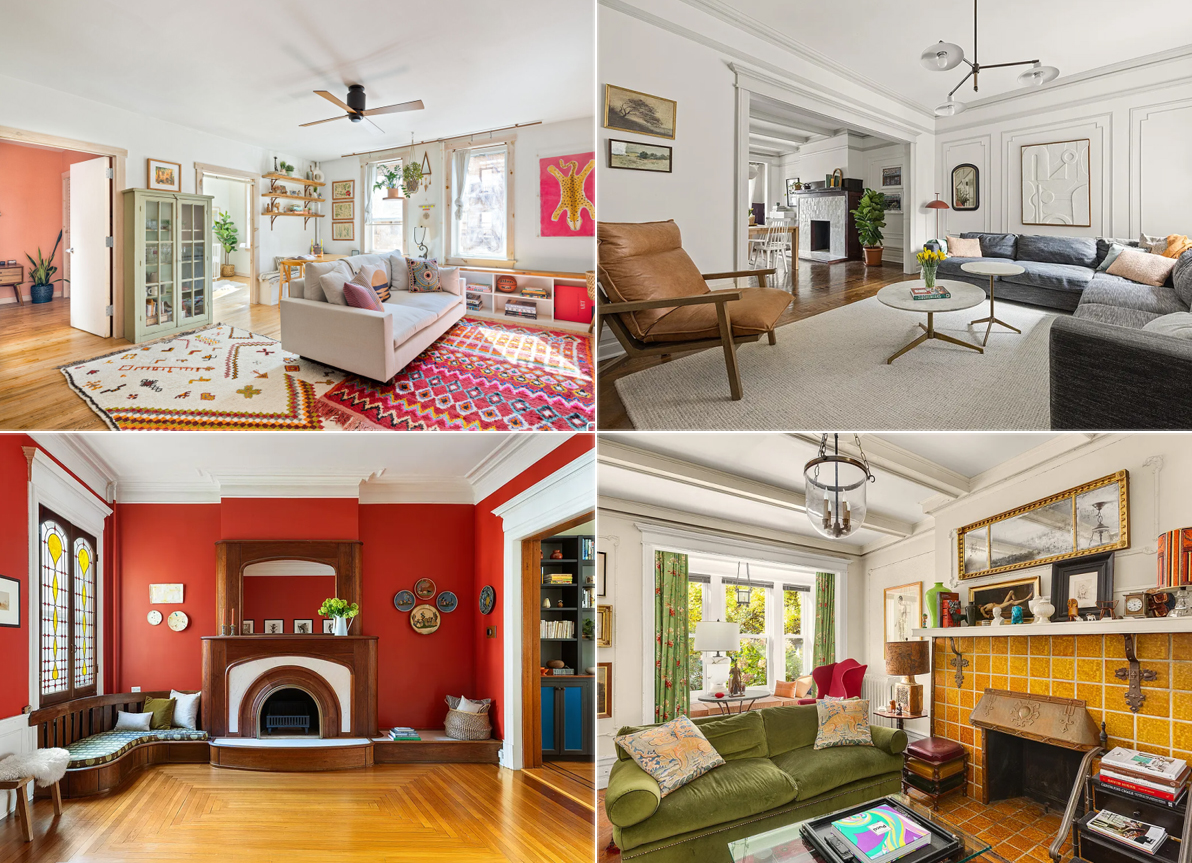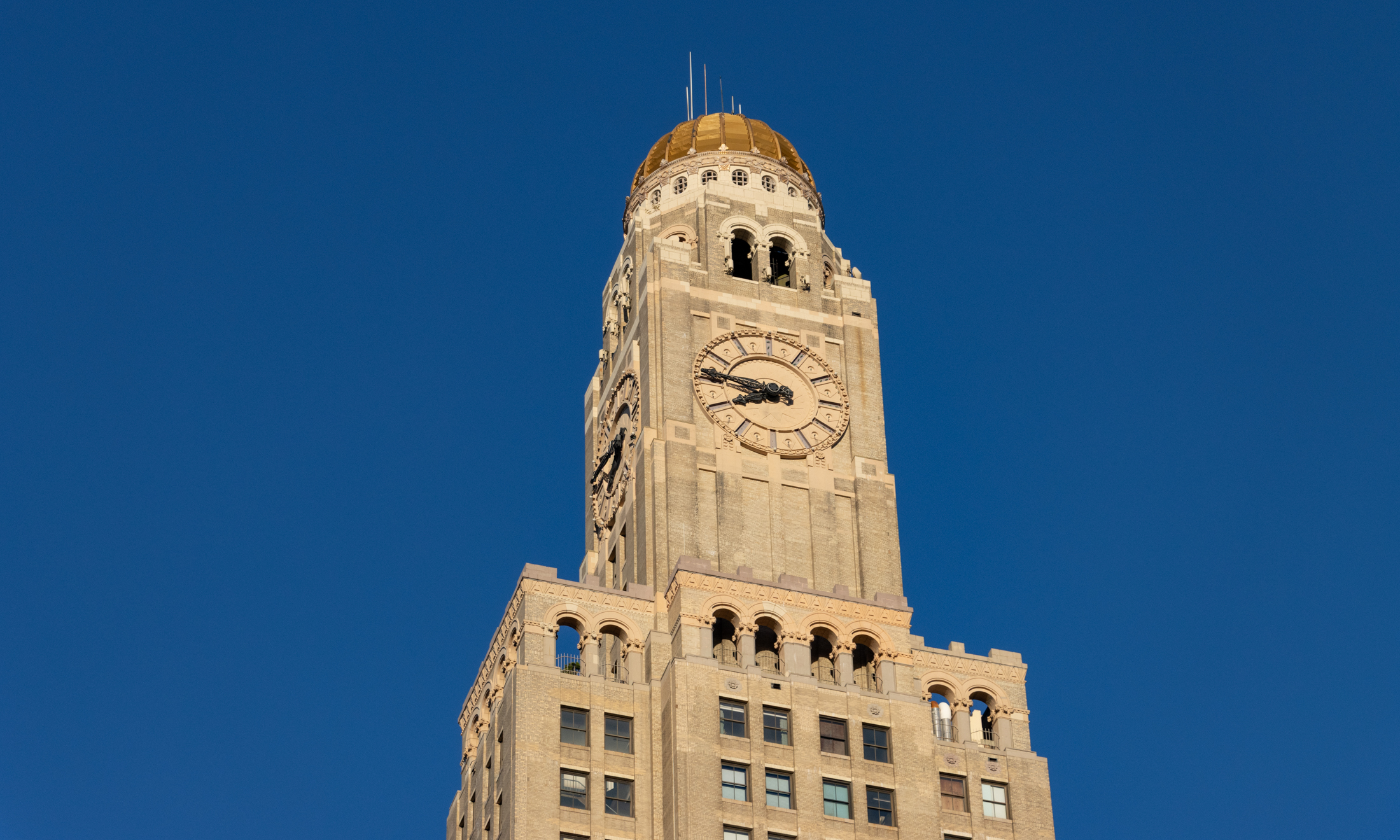(Most) Brooklyn Prices Continued to Rise in Third Quarter
Appraisal firm HMS Associates released some numbers about the Brooklyn market yesterday that looked quite bullish on the surface but were deserving of a large asterisk: The third quarter report, which show that the average sales price rose 12% over the previous quarter, purposefully omitted data from Bedford Stuyvesant, East New York and Brownsville, where…

 Appraisal firm HMS Associates released some numbers about the Brooklyn market yesterday that looked quite bullish on the surface but were deserving of a large asterisk: The third quarter report, which show that the average sales price rose 12% over the previous quarter, purposefully omitted data from Bedford Stuyvesant, East New York and Brownsville, where the sales volume fell a precipitous 50 percent over the last three months. For the sixteen neighborhoods the study did cover, there was
Appraisal firm HMS Associates released some numbers about the Brooklyn market yesterday that looked quite bullish on the surface but were deserving of a large asterisk: The third quarter report, which show that the average sales price rose 12% over the previous quarter, purposefully omitted data from Bedford Stuyvesant, East New York and Brownsville, where the sales volume fell a precipitous 50 percent over the last three months. For the sixteen neighborhoods the study did cover, there was plenty of some good news to be found. Year-over-year single family homes and co-ops rose 20% and 32%, respectively, while condo prices fell by 2.9%. Sales volume, while up in Greenpoint and Clinton Hill, fell 36% on average across the surveyed portion of the borough. According to Crain’s, HMS brass says the drop “points to unwillingness on the part of sellers to drop prices, combined with buyers willing to wait for better deals.” Comment: We’d expect this divergence between older homes and new condos to continue, if not worsen, as more condos come to market.
Brooklyn Home Prices Up in Third Quarter [Crain’s]





i agree with one of the posters above. i think most of the original townhouse/brownstone stock in the newly desirable neighborhoods like ft greene and clinton hill have been bought up over the last 5 years. now it is either people trying to re-sell to make money, which isn’t going to happen at the inflated prices, or you buy in a further expanded neighborhood like bed-stuy, crown heights, or wallabout- which IMHO is still a good idea with these interest rates and as long as the house fits the usual criteria- good bones, good detail, good block, and fair price per sq/ft. i think those of us that left the manhattan mall for brooklyn 5 years ago and bought houses in FG, CH, CG, etc are here to stay and most of that original inventory is taken. most houses, but of course not all, that are on the market now are people trying to make money and they are over-priced for the most part. so they either sit, or sellers decide to sit on them.
3:01 – your citing of Las Vegas and Miami is beyond stupid – both of those markets have seen tremendous price declines in condos AND individual homes and neither market (or most of the rest of the country) has coop apartments. Additionally there is no evidence that “investors” or “flippers” are prevelant in the NYC market and certainly not near the levels seen in either of the cited markets.
Except 3:08 even if your uninformed nonsense regarding plywood and sheetrock was true – there wont be anymore land to build a “newer and shiner” condo on.
Again I ask you to cite ONE example (historical or current) where the prices of one housing class moved in the opposite direction from the prices of another housing class in the same market.
Unless new construction is built by:
1. A Starchitect or
2. By a no name architect who actually built something of significance
Prices will drop on condos as they begin to age. Once there is something newer and shinier on the market, your new brick clad condo circa 2006 is gonna be worth nothing more than the land it’s sitting on.
That’s the difference. Old buildings are unique. They are special They are what makes New York DIFFERENT than Kansas City. You don’t see any home tours taking place on 4th Avenue in Park Slope.
These new condos are plywood and sheetrock.
Little else.
Established coops (and almost all are now — not like the massive conversions in the late 80s) require at least 20% down and adequate financials. Condos are asking 10% (some only 5%) and whatever can get you financing. If investors (and these new condos — even 110 Livingston — are full of them) cannot flip or rent to cover their nut, they can/will walk away. It’s happened before. With investor units on the market, residents who need or want to sell are competing with desperate sellers (there have been articles for the past year about all the units for sale in the Trump UWS buidlings). This makes condos more vulnerable to a market downswing (which, I think, has just really started). Its under way in Miami (where everyone said they just don’t make more beachfront property and all the foreigners want to but — huh!), the rest of FL and Vegas.
The point is that condo prices DID drop and co=op prices DID rise dramatically in this period in these specific neighbrohoods.
If you are denying it means you own a condo and if you are supporting it you probably own a co-op.
But the numbers speak for themselves.
I believe that the article is based on average prices and a small population (841 sales) so takes no account of changes to mix. One can infer that condo mix will change significantly based on building completion/target market/neighbourhood – for example earlier period may have included more 2 beds in new DUMBO buildings, later more 1 beds in Williamsburg buildings, etc… Co-ops and single family sales are more commonly re-sales and therefore mix is less choppy.
1:52 – the article is talking about “average prices”, The statistics used are meaningless (think what 1 10M coop does to an average). Additionally there is no accounting for size differentials (clearly there are alot of new condos coming on the market and ZERO coops, so if 2/3 of the condos sold are 1BRms and 2/3 of the coops sold are 2 BRms what information can you gleen based on a comparison of average price? Answer=nothing.
Its simple all these housing types are subsets of the same market and their prices will all move relative to each other – irrelevant statistics not withstanding.
“Co-op prices rose 32.3% to $557,000 during the quarter, while condo prices dropped 2.9% from $616,000 to $598,000.”
Obviously none of you read the article.
Interesting that so many of the posters think that coops will hold their value better than condos. In the downturn of 89-90 coops lost more value than condos and coop prices took longer to recover. Mortgages for coops were difficult obtain. Is there something different this time around that I am missing?